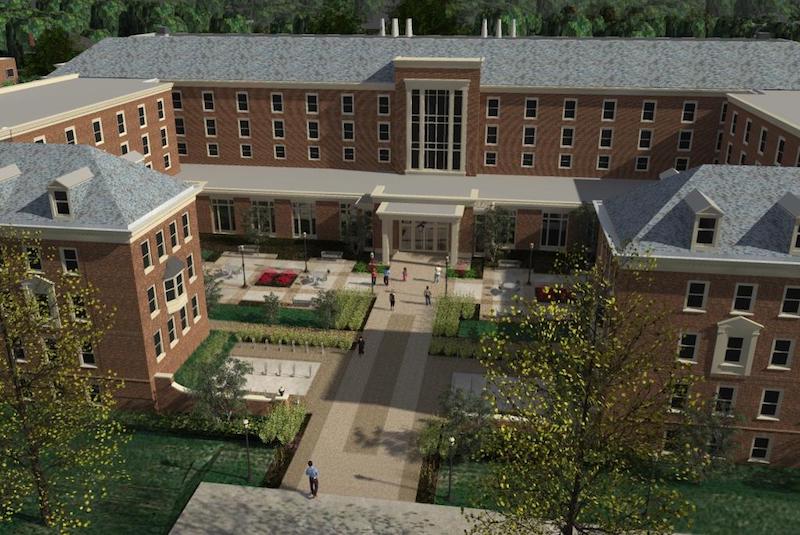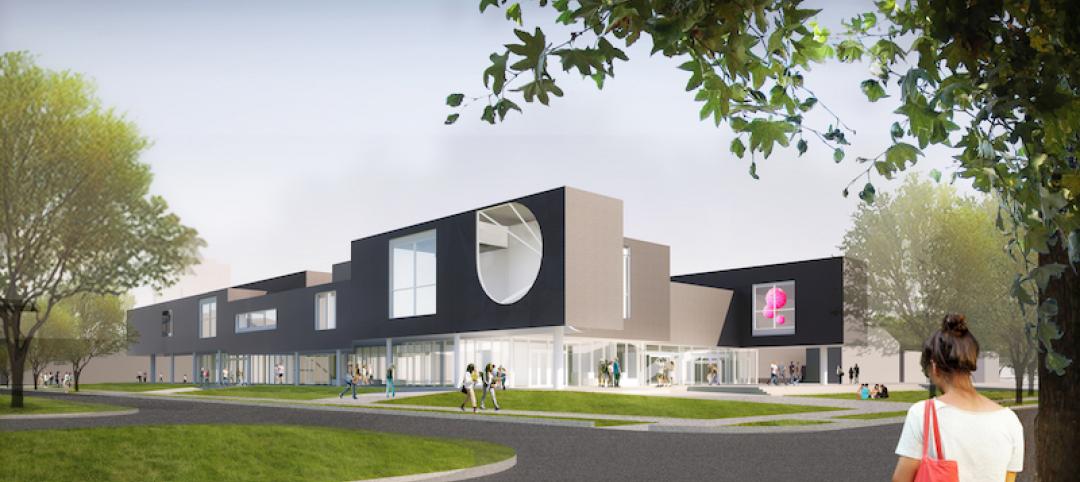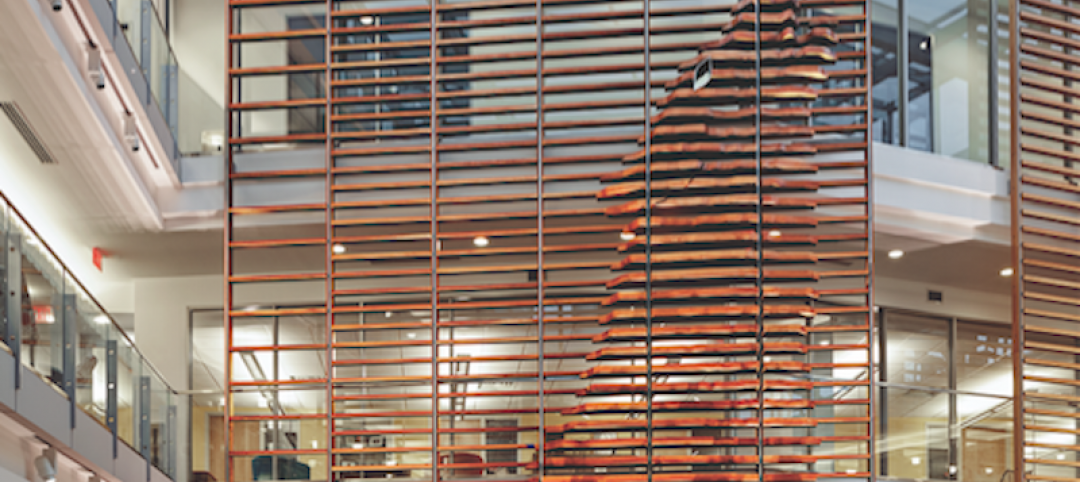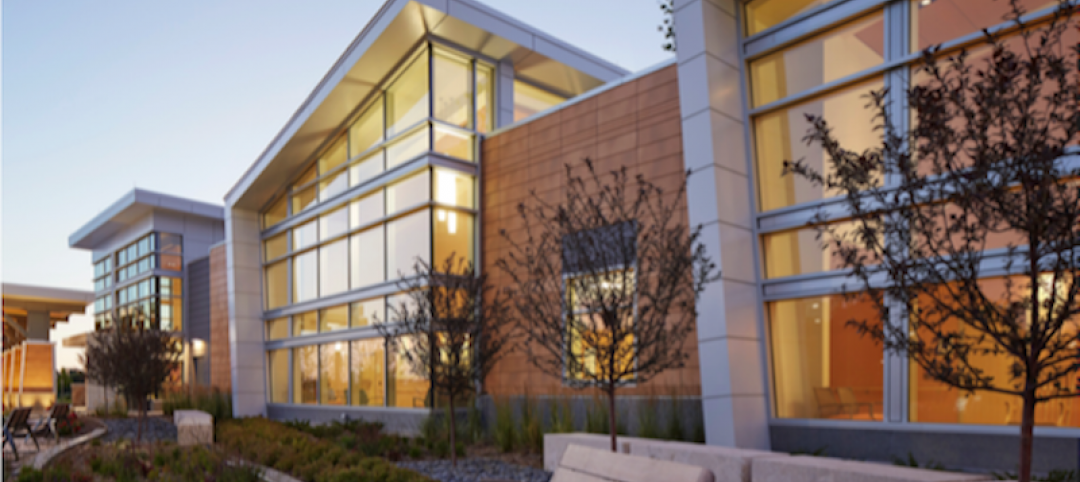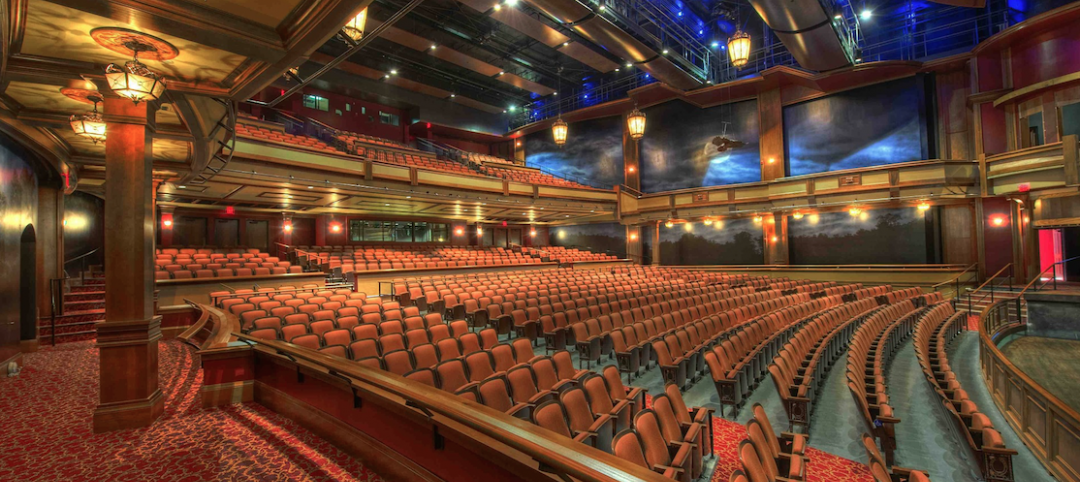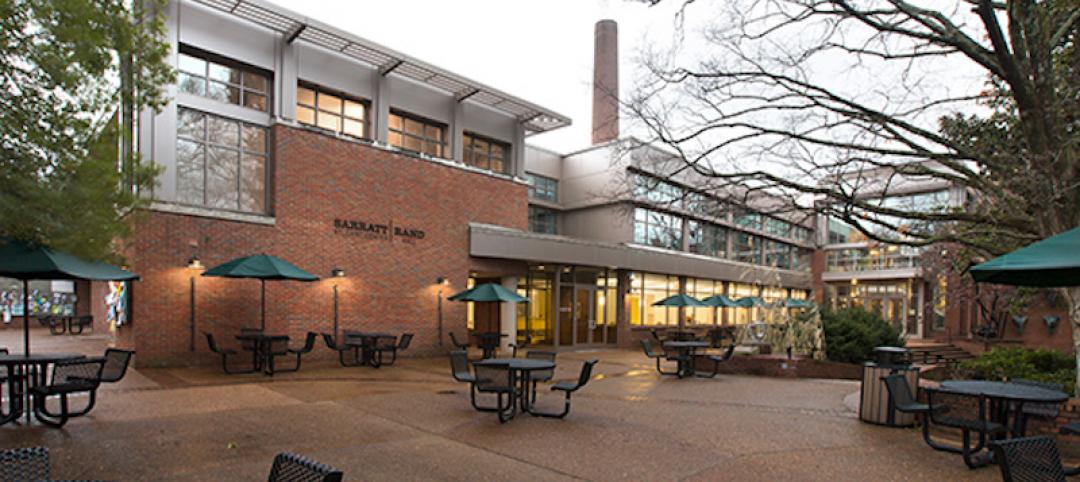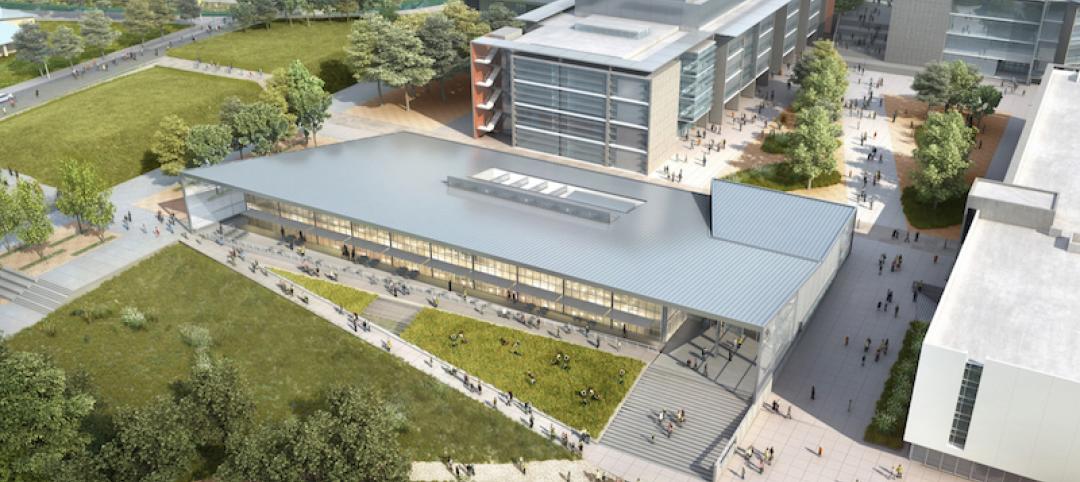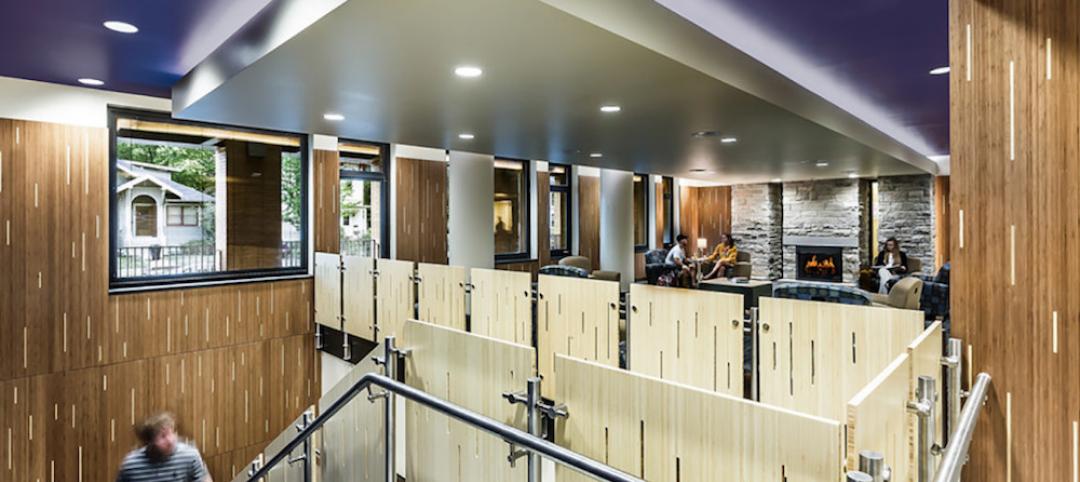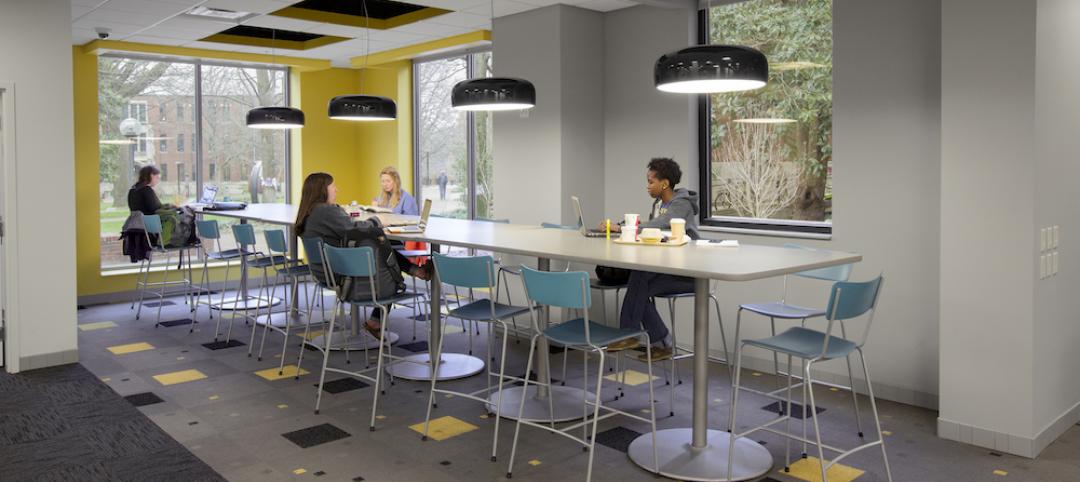Originally built in stages between 1928 and 1932, the University of Minnesota’s Pioneer Hall became an outdated facility that did not meet building codes, wasn’t handicap accessible, and was lacking in many comforts students wanted.
The facility had narrow corridors, no air conditioning, limited study space, and an underground dining area. After debating for years whether to renovate the building or completely knock it down and build a new one, the university decided on a $104.5 million renovation/addition project spearheaded by KWK Architects partnered with architecture/engineering firm-of-record TKDA.
The project retains the character-defining features of the original building while expanding the building footprint to improve housing and dining programs. The new housing component increases the number of beds to 756 and incorporate study and community spaces to enhance the experience of first-year students.
See Also: AIA and the University of Minnesota partner to develop Guides for Equitable Practice
The new dining space will be moved from its underground location and brought up to grade level. Seating capacity, meal, serving, and seating options will all be expanded. The new facility will be able to accommodate 850 students at any time.
The renovation also rectifies one of the biggest shortcomings of the original building by providing for full ADA accessibility. New meditation rooms and lounges will also be created.
Once completed, Pioneer Hall will comprise 257,000 sf, which includes 85,600 sf of renovated space and 171,400 sf of new construction. The renovated Pioneer Hall is slated to be open in time for fall semester 2019.
Related Stories
University Buildings | Aug 16, 2016
New images of Rice University’s Moody Center for the Arts revealed by Michael Maltzan Architecture
The arts center will foster creativity for making and presenting works across all disciplines
| Aug 10, 2016
UNIVERSITY GIANTS: Facing money woes, the nation's colleges double down on innovative ideas
Budget constraints are compelling some public institutions to pursue alternative methods of financing their major building projects.
| Aug 9, 2016
Top 70 University Engineering Firms
AECOM, WSP | Parsons Brinckerhoff, and Jacobs top Building Design+Construction’s annual ranking of the nation’s largest university sector engineering and E/A firms, as reported in the 2016 Giants 300 Report.
| Aug 9, 2016
Top 100 University Construction Firms
Turner Construction Co., The Whiting-Turner Contracting Co, and Skanska USA top Building Design+Construction’s annual ranking of the nation’s largest university sector construction and construction management firms, as reported in the 2016 Giants 300 Report.
| Aug 9, 2016
Top 100 University Architecture Firms
Gensler, Perkins+Will, and CannonDesign top Building Design+Construction’s annual ranking of the nation’s largest university sector architecture and A/E firms, as reported in the 2016 Giants 300 Report.
University Buildings | Aug 5, 2016
How to design the best dining facilities for Millennial students
Location, visibility, and adaptability are three important ideas to keep in mind when designing campus dining spaces, writes Gresham Smith and Partners’ Patrick Gilbert.
University Buildings | Jul 22, 2016
Fast-growing UC Merced will double in size by 2020
The state’s Board of Regents has approved a $1.34 billion plan that would add nearly 1.2 million sf of new space.
University Buildings | Jul 6, 2016
University housing of the future will blend life and study
Universities across the country are striving to meet the demand of on-campus housing. VOA's Steve Siegle examines what students and universities desire in campus living, and how designers can respond.
University Buildings | Jun 13, 2016
Renovated Drexel University academic building will welcome students with front porch
A large screen sets a living room vibe for the Philadelphia academic building. Plans call for 9,000 sf of common space on the inside and a new quad on the outside.
University Buildings | Jun 13, 2016
Universities infuse tech features into learning, living, and shopping spaces
Virtual learning rooms, gaming stations, and self-check-out kiosks are among the perks—and necessities—that have all become commonplace in college campus design.


